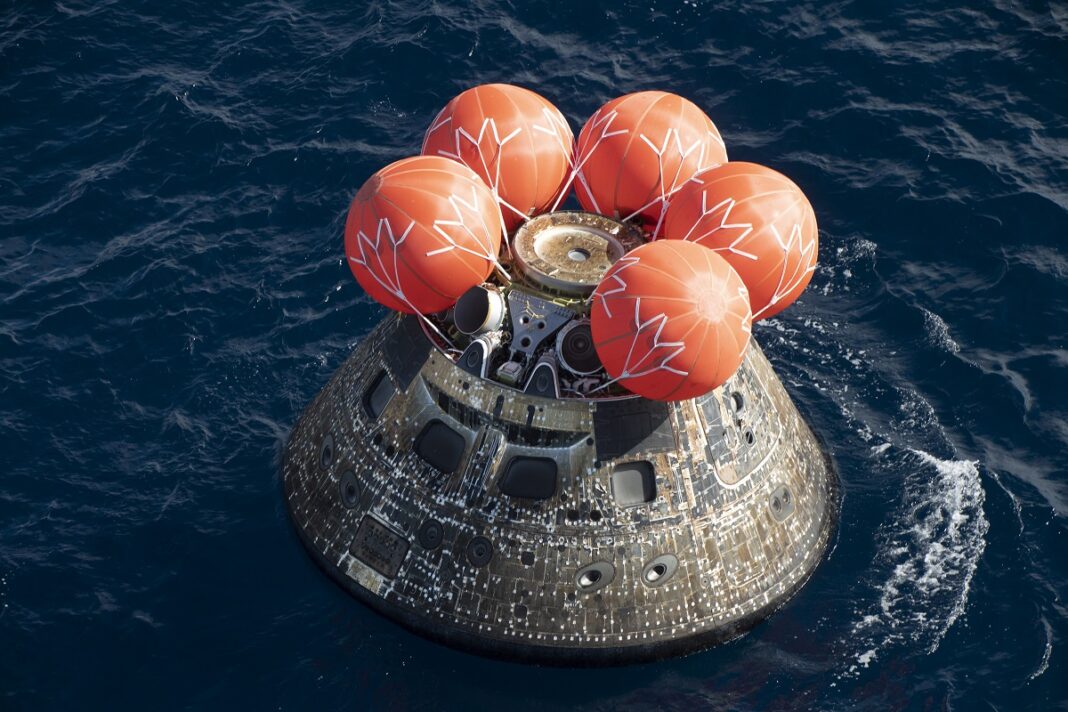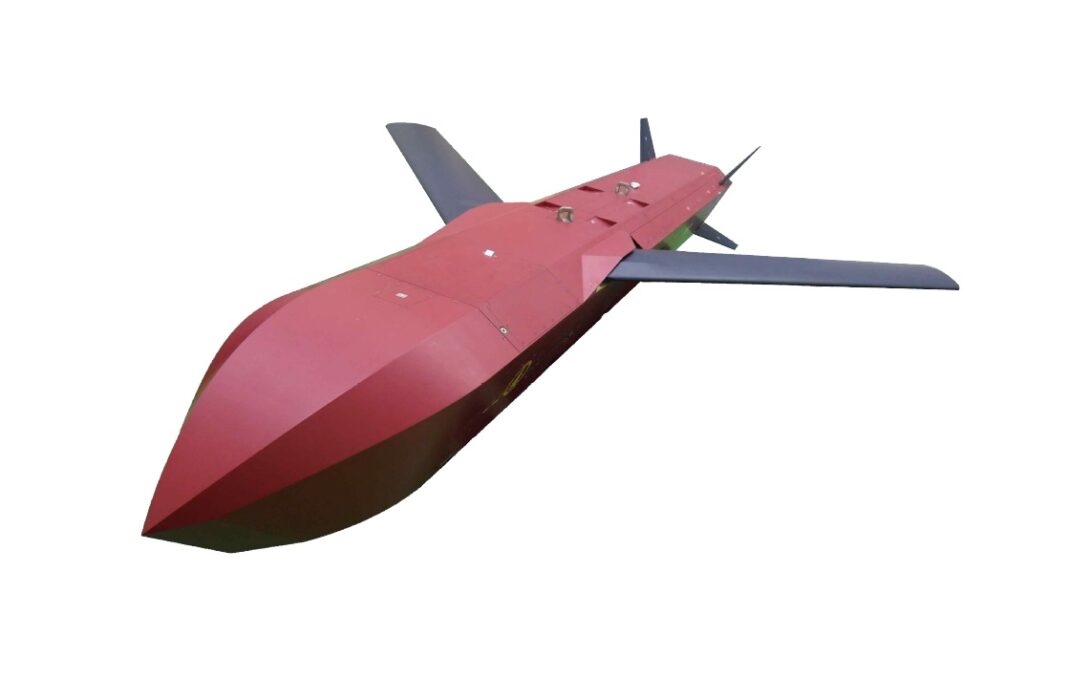On Sunday 11 December, the Orion spacecraft splashed down in the Pacific Ocean west of Baja California, completing its successful return to Earth after a 25-day journey, a complete orbit around our only natural satellite and more than two million kilometres travelled.
Before entering the Earth’s atmosphere, the crew module separated from its service module, the propulsive powerhouse provided by the European Space Agency (ESA). The capsule entered at a speed of Mach 32 (or 32 times the speed of sound) and endured re-entry temperatures of up to 2.760 °C.
After splashdown, the spacecraft and the three test dummies on board, all equipped with sensors and vibration monitors to study the hypothetical impact of the operation on humans, were recovered. NASA said the test «exceeded expectations» and demonstrated that Orion «can withstand extreme conditions».
«From the launch of the world’s most powerful rocket to the exceptional journey around the Moon and back to Earth, this flight test is a major step forward in the Artemis generation of lunar exploration», said NASA Administrator Bill Nelson.
Artemis I, the first step on the way back to the Moon
The return was the latest milestone in the Artemis I mission, the first spaceflight operation of NASA’s Artemis programme, which aims to achieve a manned lunar landing in 2025 for the first time since 1972. The long-term goal is to establish a sustained presence there to enable human missions to Mars starting in the next decade.
Mission had begun on 16 November with the liftoff of the SLS («Space Launch System») launch vehicle from pad 39B at the Kennedy Space Center in Cape Canaveral, Florida. During the test, Orion remained in space without docking to a space station longer than any other crew spacecraft.
In addition, the capsule broke the record for distance travelled by a spacecraft designed to carry humans, previously set during the 1970 Apollo 13 mission, while in a distant lunar orbit.
Artemis II, the next step
The success of the operation made it possible to certify both the new spacecraft and its launch system. NASA will now be able to continue work on launching the programme’s second and first manned mission: Artemis II. If the programme proceeds according to plan, the operation would take place in May 2024.
«With Orion safely returned to Earth we can begin to see our next mission on the horizon which will fly crew to the Moon for the first time as a part of the next era of exploration», said Jim Free, NASA Associate Administrator for the Exploration Systems Development Mission Directorate. «This begins our path to a regular cadence of missions and a sustained human presence at the Moon for scientific discovery and to prepare for human missions to Mars», he added.
See also: Thales Alenia Space will join Space Cargo Unlimited to produce the first space factory







